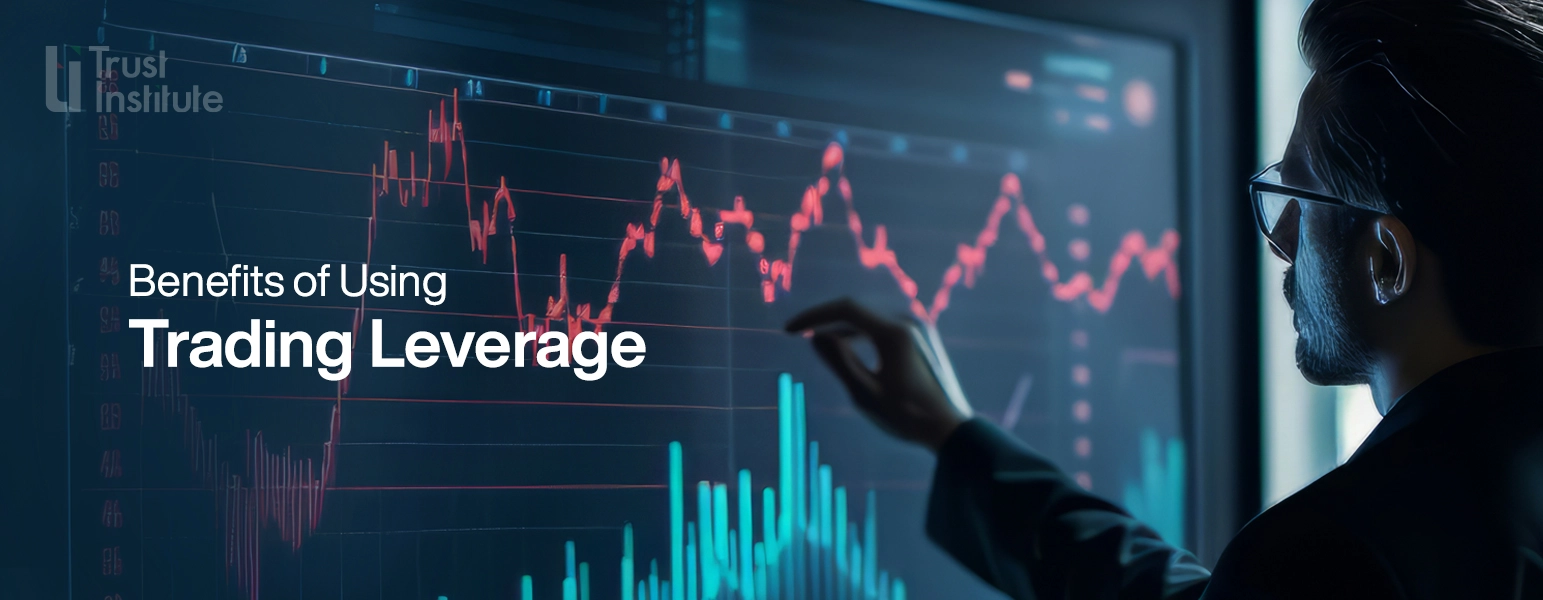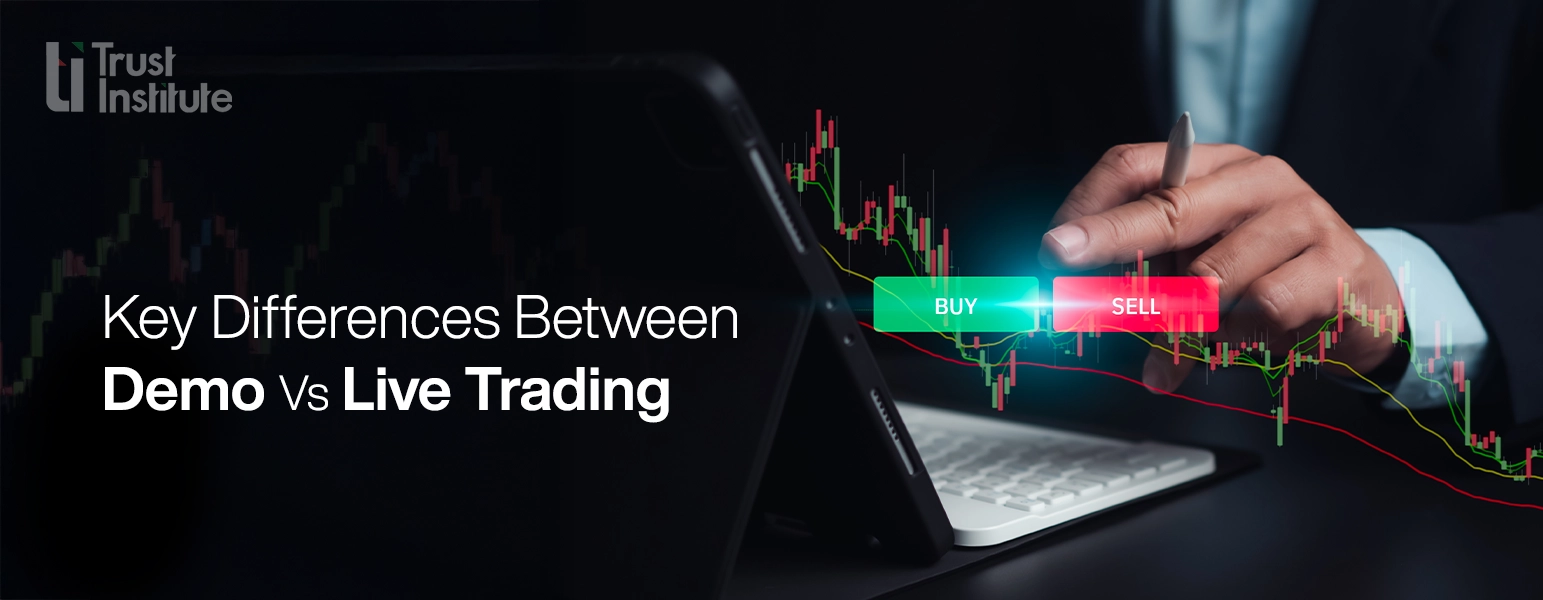Explore the world of financial trading and
gain the knowledge and tools for success with our expertly
written articles and blogs.

Understanding Leverage: Your Best Friend or Worst Enemy

Leverage can be a powerful ally in trading, but it can also be a dangerous trap. It enables traders to manage large positions with relatively small capital, thereby amplifying both profits and losses. While many have used leverage to grow their accounts rapidly, others have seen their portfolios wiped out in minutes due to sudden market shifts.
One striking example: during an unexpected currency event, many traders using high leverage faced devastating losses. Some even saw their accounts go into negative balance, all within seconds. These moments serve as a stark reminder that understanding how to use leverage in trading isn’t just important — it’s essential for survival.
What Is Leverage?
Leverage allows a trader to open larger trades than their actual capital would permit. For example, using 1:100 leverage, a $1,000 deposit can control a $100,000 trade. This is made possible through margin trading, where a broker lends the additional capital based on your margin.
While leverage can significantly boost profits, it also magnifies losses. A small price movement against your position can cause a substantial hit to your account, which is why leverage is often described as either your best friend or your worst enemy.
Forex Leverage Explained for Beginners
In forex trading, leverage is widely used due to the low volatility of currency pairs. Brokers may offer leverage as high as 1:500, depending on regulations. But forex leverage explained for beginners must emphasize caution: high leverage can wipe out your account quickly if not managed correctly.
For new traders, it’s crucial to begin with a safe leverage ratio for forex trading — typically around 1:10 or 1:20. This provides room to learn and develop strategies without exposing your entire capital to sudden market swings.
Benefits of Using Trading Leverage

There are several benefits of using trading leverage when it’s applied with discipline:
- Greater Market Exposure: You can trade larger volumes without needing to commit large sums of capital.
- Capital Efficiency: Free up funds to diversify your trading portfolio or take advantage of multiple opportunities.
- Higher Potential Returns: Small movements in the market can result in larger profits when leveraged properly.
Leverage allows traders to make the most of their capital, but only if they have the skills and systems to control the associated risks.
Risks of High Trading Leverage
While the upside is appealing, there are serious risks of high trading leverage to consider:
- Amplified Losses: Just as leverage boosts profits, it multiplies losses — a 1% drop in price could wipe out your account if over-leveraged.
- Margin Calls & Liquidation: If your losses exceed your margin, the broker may close your position automatically.
- Overconfidence: Leverage can give traders a false sense of control or success, leading to riskier behavior.
Understanding leverage and margin trading explained clearly is key. This means knowing not only how much you’re risking but also how much room you have before hitting a margin call.
Best Leverage Practices for Traders
To use leverage wisely, traders should follow these best leverage practices:
- Start Small: Begin with lower leverage, especially if you’re new to trading.
- Use Stop-Loss Orders: Always set a stop-loss to limit your downside.
- Know Your Risk Per Trade: Never risk more than 1–2% of your total capital on a single trade.
- Avoid Overtrading: High leverage can tempt traders to take multiple positions — stay disciplined.
- Review Your Performance: Track results and adjust leverage as needed.
These habits are what separate responsible traders from those who rely on luck or guesswork.
How to Use Leverage in Trading Wisely

If you’re wondering how to use leverage in trading effectively, it starts with knowledge, planning, and emotional discipline. Leverage should never be used as a shortcut to fast profits — it’s a tool to enhance well-thought-out strategies.
Make sure your trading plan includes risk limits, entry/exit points, and clear position sizing. Understanding the mechanics of leverage empowers you to use it in your favor, rather than letting it control your trades.
Conclusion: Make Leverage Work for You
Leverage is neither inherently good nor bad — it’s simply a tool. Like any tool, its impact depends on how it’s used. With the right knowledge and risk management strategy, leverage can help you scale your trades and grow your capital efficiently. But without discipline, it can lead to fast, painful losses.
By understanding leverage deeply — not just the numbers, but the mindset and methods behind it you give yourself a serious edge in the markets.
All blogs
©TRUST TRAINING AND DEVELOPMENT INSTITUTE 2025
Disclaimer: Trust Institute is a KHDA-licensed educational institution based in Dubai, UAE. All training programs, materials, and content offered through our website and in-person sessions are provided strictly for educational purposes. We do not offer financial or investment advice, and we do not engage in or promote any trading activity.
Our courses are designed to increase knowledge and understanding of financial markets. Trust Institute is not a brokerage firm, does not manage client funds, and does not participate in any trading on behalf of its students.
Participation in financial markets, including Forex trading, involves significant risk and may not be suitable for everyone. Individuals are encouraged to conduct their own research and consult with licensed financial professionals before making any financial decisions.
By accessing our content or enrolling in our courses, you acknowledge and accept that Trust Institute is not liable for any financial outcomes resulting from the application of educational material shared. You agree that your use of this information is at your own discretion and responsibility.
Trust Institute is fully licensed and regulated by the Knowledge and Human Development Authority (KHDA) in Dubai, United Arab Emirates.











































